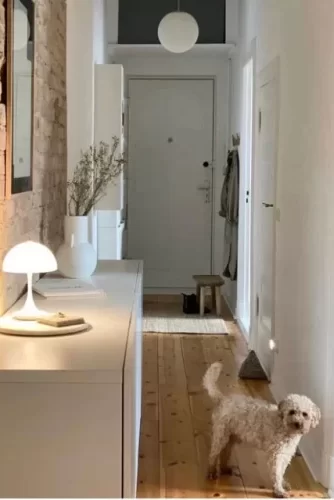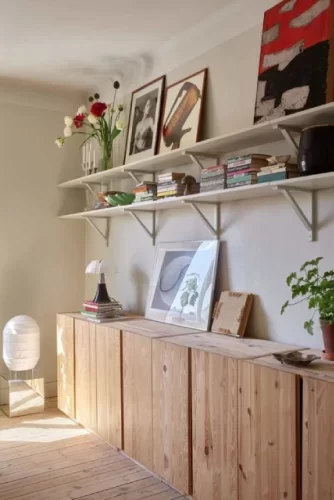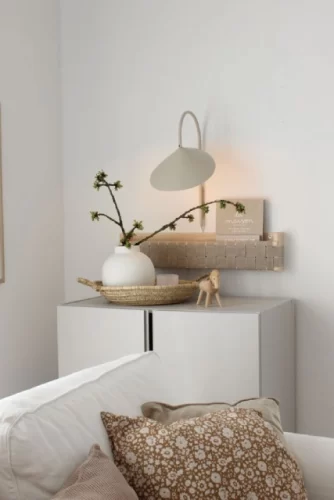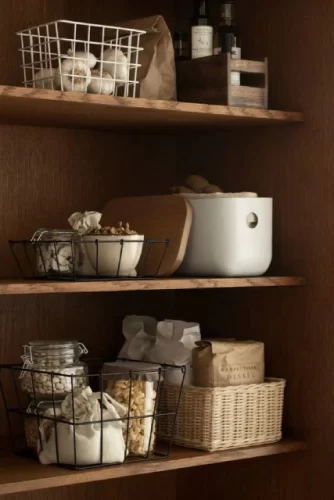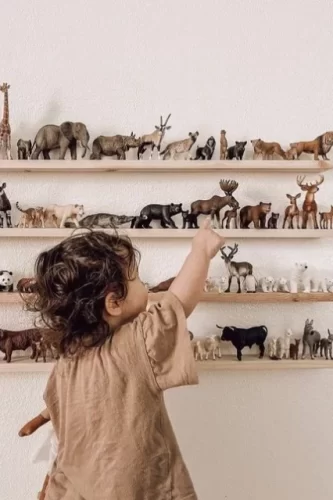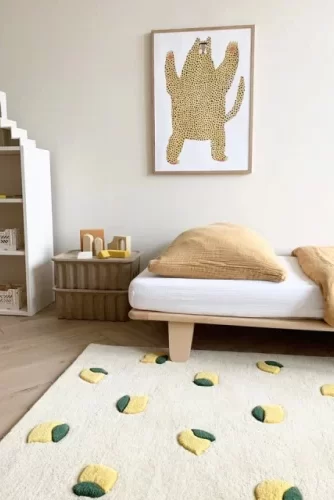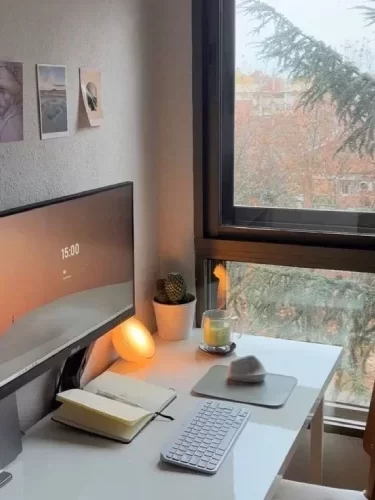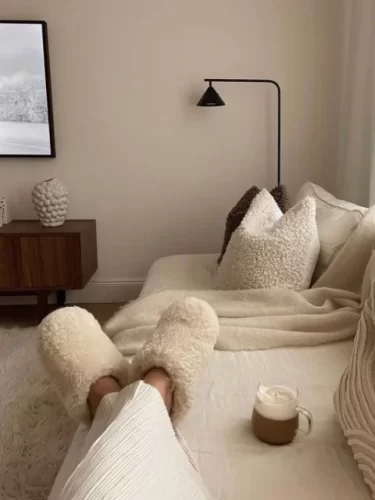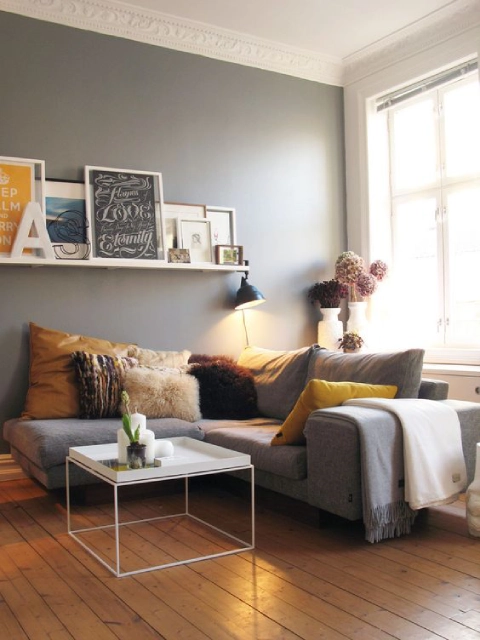On the fine line between feeling comfortable at home and being more productive, designing a balanced home workspace that promotes concentration and well-being is an essential tool.
Adapting our spaces to our objectives or personal goals not only generates changes in our home, but also in our lives, in our productivity and in the success we long for.
A workspace = productivity + well-being
Numerous studies support the idea that home design can have a significant impact on our performance, productivity and well-being. For example:
Exposure to natural light, in particular, was associated with increased alertness and decreased fatigue.
Proper lighting in the work environment significantly improves efficiency and performance. Ergonomics (2018).
Clutter in the environment negatively affects the brain’s ability to process information and make decisions and, therefore, decreases our concentration and performance. Princeton University.
Colors have different psychological effects.
The choice of specific shades can influence our efficiency and mood. Journal of Environmental Psychology.
Personalization creates a sense of ownership and control, improving engagement and performance.
Allowing employees to customize their workspaces increases productivity by up to 32%. University of Exeter (2010).
Plants improve air quality and create a more relaxing and healthy environment.
The presence of plants in the work environment can increase productivity by up to 15%. University of Technology Sydney .
How to improve productivity at home?
Since I was a child I have suffered a lot with artificial lighting. I get a lot of eye strain from the intense white light, but this does not prevent it from adequately illuminating each room.
Of course, I adapt the light depending on the task or tasks to be performed in that space, as each one requires specific lighting.
Design strategies for efficient (work) spaces
Adequate lighting not only prevents eyestrain, but also influences mood and concentration. And the light you need for work is not the same as the light you need for cooking or relaxing.
Another important design aspect is the layout of the furniture, including ergonomic chairs and furniture that help maintain a healthy posture and improve efficiency in our daily tasks.
And finally, distractions. Eliminating clutter or unnecessary noise will help you create a workspace where you can concentrate (have energy, relax, or whatever other feeling you need).
Select a unique space
Choose a specific place to work that is separate from rest areas. This helps to establish boundaries and associate that space with productivity.
Organize and minimize clutter
Reduce clutter to a minimum. Use organizers, shelves and drawers to keep your tools and documents tidy. A clean space promotes concentration.
Adequately illuminates
Take advantage of natural light whenever possible. Place your desk near a window and supplement it with adjustable artificial lighting to avoid eyestrain.
Ergonomic furniture:
Invest in an ergonomic chair and desk to ensure comfortable posture and prevent long-term health problems.
Customize your space
Add personal elements that inspire you, such as photos, art or plants, to create a cozy atmosphere. Feeling reflected in that space will boost your motivation.
Note board or blackboard
Use a clipboard or whiteboard to organize tasks and deadlines. Visualizing your daily goals can help you stay focused.
Create a visual routine
Establish a visual routine with a calendar or planner. It sets deadlines, meetings and times dedicated to specific tasks.
Rotates decorative elements
Regularly change the arrangement of decorative elements to avoid monotony and refresh the space.
Creates moments of disconnection
Incorporate a rest area or space to stretch out. Taking short breaks improves productivity and health.
In conclusion, the design of a home is not only an aesthetic expression of the person or persons who inhabit it, but also a strategic tool to achieve personal goals. Every detail counts.
And, by implementing these strategies, you’ll be taking concrete steps toward a home designed to make you feel more productive and achieve your personal goals.
PS: if you don’t know how to get started or need someone to guide you towards those goals, write to me at hola@laurahousecoach.es or:
I will give you all the information you need about the process and how I can help you.
With love,
Laura.

